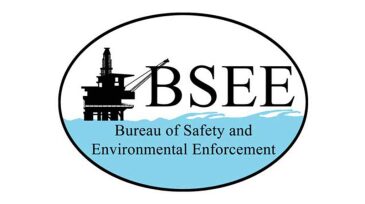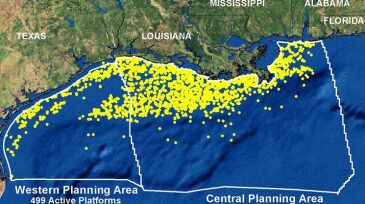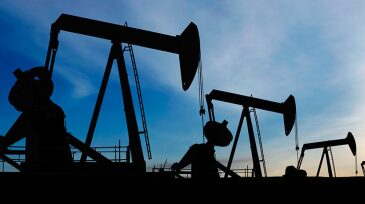Gulf of Mexico
-
As of 4 September, BSEE has not received any damage reports from evacuated platforms or rigs in the path of Hurricane Harvey. A small number of facilities remain evacuated.
-
A Gulf of Mexico case history is presented describing the successful delivery of two deep high-pressure high-rate-designed oil wells in an ultradeepwater environment.
-
As companies begin examining facilities in the wake of Hurricane Harvey, commercial drones have become a valuable asset in reaching flooded areas too dangerous for people to reach.
-
Oil and gas production in the Gulf of Mexico have each gone up 10% since yesterday as Harvey continues to weaken and move northeast toward the Ohio Valley. Widespread flooding is expected to continue in Texas and toward the Louisiana border through the weekend.
-
The effects of Harvey are lingering for the operators in the Gulf of Mexico. Oil and gas shut-ins are fluctuating, but overall show slow improvement, according to the BSEE. As Harvey moves over the Ohio Valley in the next 72 hours, the cyclone aspect will diminish.
-
With Hurricane Harvey closing in, operators have evacuated a significant number of platforms in the Gulf of Mexico, shutting in substantial production.
-
The BSEE report shows that since yesterday, oil production has improved slightly, while gas production has decreased slightly in the Gulf of Mexico as a result of Hurricane/Tropical Storm Harvey’s ongoing effects.
-
Industry interest in US Gulf of Mexico acreage declined in the number of bids and the dollars offered at the latest federal lease sale, compared with the prior sale. But there was still some confidence shown in higher risk prospects.
-
M2 Subsea, a provider of ROV services, formed an alliance with vessel operator Harvey Gulf Marine International to provide subsea ROV services in the Gulf of Mexico.
-
Crude oil production in the United States is expected to approach 10 million B/D in 2018 and surpass a previous high achieved in 1970, according to the latest US EIA forecast.










